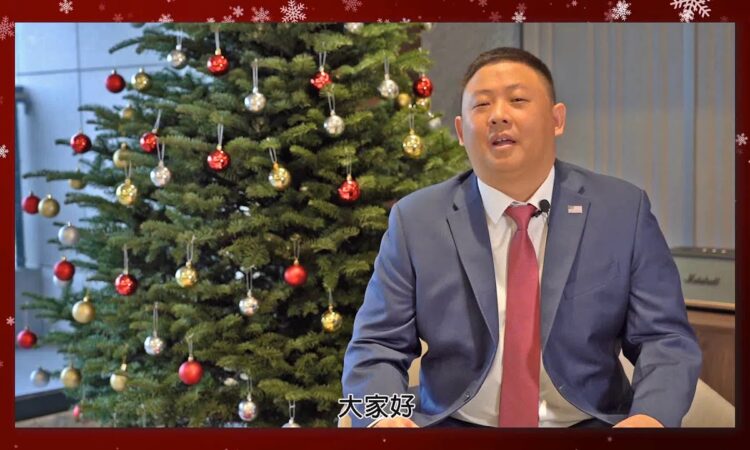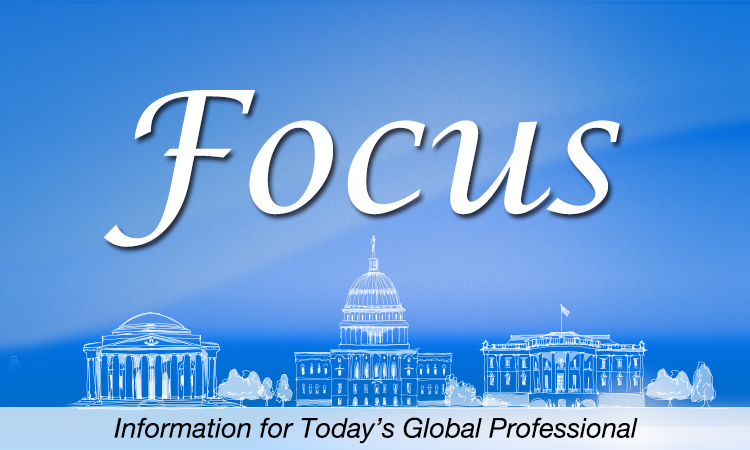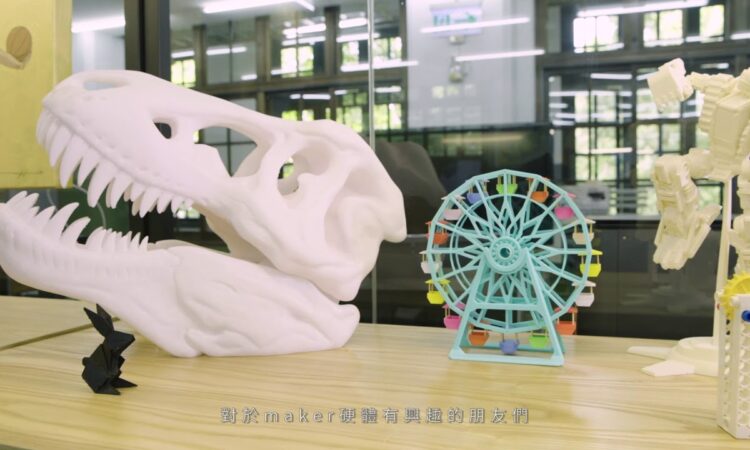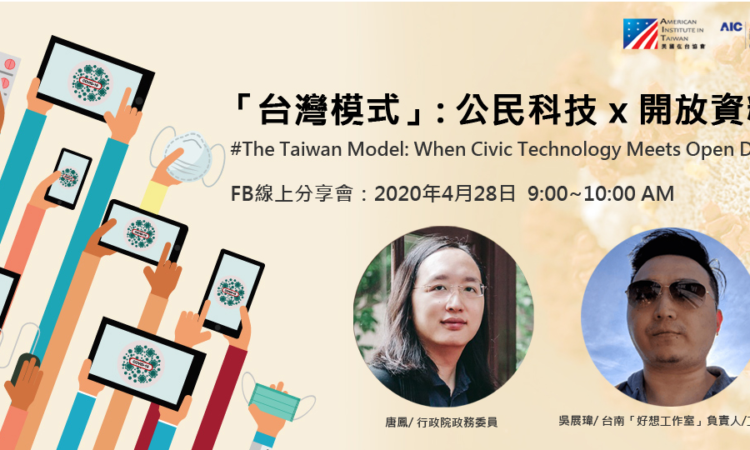如果您對下列項目有興趣,請與美國資料中心聯絡。電話:2723-3959 轉 202。
四月四日(星期三) 兒童節,放假。
四月五日(星期四) 民族掃墓節,放假。
To receive or reserve any of these items, please contact Information Resource Center at 2723-3959, ext. 202 or aitirc@mail.ait.org.tw.
April 4 (Wednesday) Children’s Day. Closed.
April 5 (Thursday) Tomb Sweeping Day. Closed.
1. 美國國務院東亞暨太平洋事務局副助卿黃之瀚 台北美國商會謝年飯演講。。
Remarks by Deputy Assistant Secretary of State Alex Wong at the American Chamber of Commerce in Taipei Hsieh Nien Fan. 
OT-1803, March 21, 2018, 7 pages.
“The United States supports Taiwan’s closer economic integration with its neighbors in East Asia, Southeast Asia and South Asia, as well as in the Pacific. Taiwan’s contribution to a network of cross-cutting linkages will strengthen the rules-based fabric of the region and ensure its free and open nature.” (From AIT)
2. 美國在台協會處長梅健華台北美國商會謝年飯致詞。
Remarks by AIT Director Kin Moy at the American Chamber of Commerce in Taipei Hsieh Nien Fan. 
OT-1802, March 21, 2018, 3 pages.
“Looking back on this last year, and looking back even farther on my three years as AIT Director, I am grateful for the successes and spirit of cooperation that exists between the United States and Taiwan. (From AIT)
3. 美國在台協會處長梅健華2018 AIC 創新論壇致詞。
Remarks by AIT Director Kin Moy at the 2018 AIC Innovation Forum. 
OT-1801, March 9, 2018, 2 pages.
“In four years, the AIC has hosted 470 programs and served over 85,000 visitors with technology-focused programs, including programs about the maker movement, 3D printing, virtual and augmented reality, and entrepreneurship.” (From AIT)
4. Cordesman, Anthony H.
The Other Side of the North Korean Threat: Looking Beyond Its Nuclear Weapons and ICBMs. 
Center For Strategic & International Studies, March 19, 2018, 6 pages.
“U.S. diplomacy and strategy cannot afford to focus solely on nuclear weapons, particularly when North Korea has the option of developing biological weapons with the same lethality as nuclear weapons. The U.S. cannot afford to ignore the conventional threat that North Korea poses to South Korea—a threat that could inflict massive casualties on South Korean civilians as well as create a level of conventional war that could devastate the South Korean economy.” (From CSIS)
5. Glaser, Bonnie S. and Matthew P. Funaiole.
Perspectives on Taiwan: Insights from the 2017 Taiwan-U.S. Policy Program. 
Center For Strategic & International Studies, March 12, 2018, 62 pages.
“The papers in this compendium were written by the 10 members of the 2017 CSIS Taiwan-U.S. Policy Program (TUPP) delegation. TUPP provides a much-needed opportunity for future leaders to gain a better understanding of Taiwan through first-hand exposure to its politics, culture, and history. Each participant was asked to reflect on his or her in-country experience and produce a short article analyzing a policy issue related to Taiwan. These papers are a testament to the powerful impact that follows first-hand exposure to Taiwan.” (From CSIS)
6. Klingner, Bruce.
Pitfalls in U.S. Rush to North Korean Summit. 
The Heritage Foundation, March 13, 2018, 7 pages.
“President Trump’s rapid acceptance of dictator Kim Jong-un’s surprising summit invitation is yet another stunning development in a whirlwind of diplomatic breakthroughs since the beginning of the year. Within a few short months, the Korean peninsula has shifted from a seemingly inevitable military clash to the cusp of a momentous first-ever meeting of U.S. and North Korean leaders. But the regime’s offer comes with heavy strings attached and merely reflects a willingness to return to square one of previous negotiations.” (From The Heritage Foundation)

7. 2018 Trade Policy Agenda and 2017 Annual Report. 
Office of the United States Trade Representatives, March 1, 2018, 359 pages.
“The trade policy agenda rests on five major pillars: Supporting Our National Security; Strengthening the U.S. Economy; Negotiating Better Trade Deals; Aggressive Enforcement of U.S. Trade Laws; and Reforming the Multilateral Trading System.” (From the USTR)
8. Freund, Caroline.
CGlobal Imbalances and the Trade Slowdown.  (PDF, 313 KB)
(PDF, 313 KB)
Peterson Institute for International Economics, February 2018, 15 pages.
“From the mid-1990s until the financial crisis, global trade grew twice as fast as global income, far faster than in previous or subsequent periods. During this period of rapid trade growth, global current account imbalances also expanded rapidly. If excess savings in some countries financed more consumption and investment in other countries, then trade and trade imbalances would move together. Greater capital mobility thus may help to explain why trade surged in the period before 2007 and why it slowed more sharply in later years when demand stalled. Consistent with this explanation, the countries that contributed most to global trade growth during the period of rapid trade growth also experienced large imbalances. Constraining trade deficits to historical norms, this paper shows that trade growth would have been more moderate in the late 1990s and early 2000s and stronger in subsequent years. Going forward, assuming global imbalances remain relatively unconstrained, the relationship between trade growth and income growth will likely be less stable than before the 1990s.” (From PIIE)

9. Smith, Aaron and Monica Anderson.
Social Media Use in 2018. 
Pew Research Center, March 1, 2018, 20 pages.
“A majority of Americans use Facebook and YouTube, but young adults are especially heavy users of Snapchat and Instagram.” (From Pew Research Center)
10. Krogstad, Jens Manuel and Ana Gonzalez-Barrera.
Key facts about U.S. immigration policies and proposed changes. 
Pew Research Center, February 26, 2018, 5 pages.
“For years, proposals have sought to shift the nation’s immigration system away from its current emphasis on family reunification and employment-based migration, and toward a points-based system that prioritizes the admission of immigrants with certain education and employment qualifications. These proposals have received renewed attention under the Trump administration.” (From Pew Research Center)
11. Ablon, Lillian.
Data Thieves: The Motivations of Cyber Threat Actors and Their Use and Monetization of Stolen Data. 
Rand, March 15, 2018, 18 pages.
“Today I will give a brief overview of these four types of cyber threat actors, followed by a discussion of the landscape of the black markets for cybercriminal tools and stolen data, and then finish with some of the ways that state-sponsored actors and cybercriminals use and monetize the stolen data.” (From Rand)
12. Cass, Oren.
Overheated: How Flawed Analyses Overestimate the Costs of Climate Change. 
Manhattan Institute, March 11, 2018, 20 pages.
“This paper examines a set of such studies that the U.S. Environmental Protection Agency and the U.S. Government Accountability Office have used to estimate the costs of human-caused climate change for the U.S. by the end of the 21st century. The costs include deaths from extreme heat, lost hours of work from extreme heat, and deaths from heat-caused air pollution. The paper also examines another study, published in Nature, that projects the effect of human-caused climate change on global economic production.” (From Manhattan Institute)

13. China embraces AI: A Close Look and A Long View.
Eurasia Group, February 25, 2018, 13 pages.
“China is a rising power in artificial intelligence. This white paper, a collaboration between Eurasia Group and Dr. Kai-Fu Lee, a leading AI researcher and founder of Sinovation Ventures, provides an in-depth view of China’s AI sector, detailing where it lags and where it is leap-frogging ahead of the United States in the most important technology race of the 21st century.” (From Eurasia Group)
14.STEM Education in the U.S.: Where We Are and What We Can Do.  (PDF, 750 KB)
(PDF, 750 KB)
ACT, March 19, 2018, 29 pages.
“ACT’s annual Condition of STEM reports provide essential national data on student interest and achievement in STEM subjects. The report also challenges local, state, and national policymakers to meet, within the next four years, a number of actionable goals for improving the STEM pipeline.” (From ACT)
15. Lohn, Andrew J. and others.
What’s the Buzz? The Drones Are Here. 
Rand, March 5, 2018, 9 pages.
“This brief examines the developing technology for using drones to deliver packages and attempts to identify the societal impacts, including potential effects on aerial congestion, noise, privacy, and other outcomes.” (From Rand)


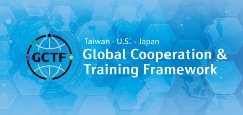




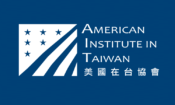
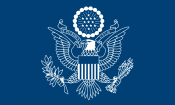
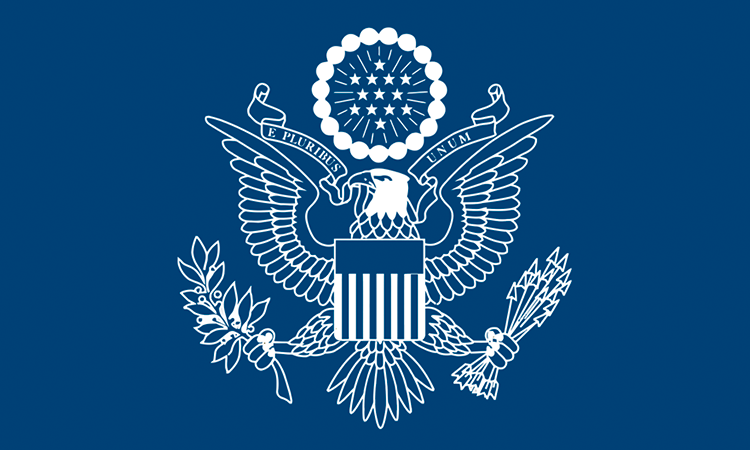



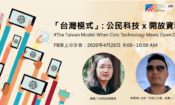
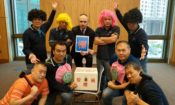
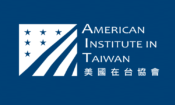
![Video Thumbnail [Recovered]-01](../wp-content/uploads/sites/269/Video-Thumbnail-Recovered-01-1-750x450.jpg)
